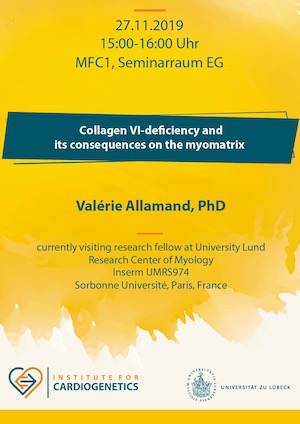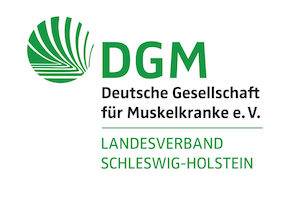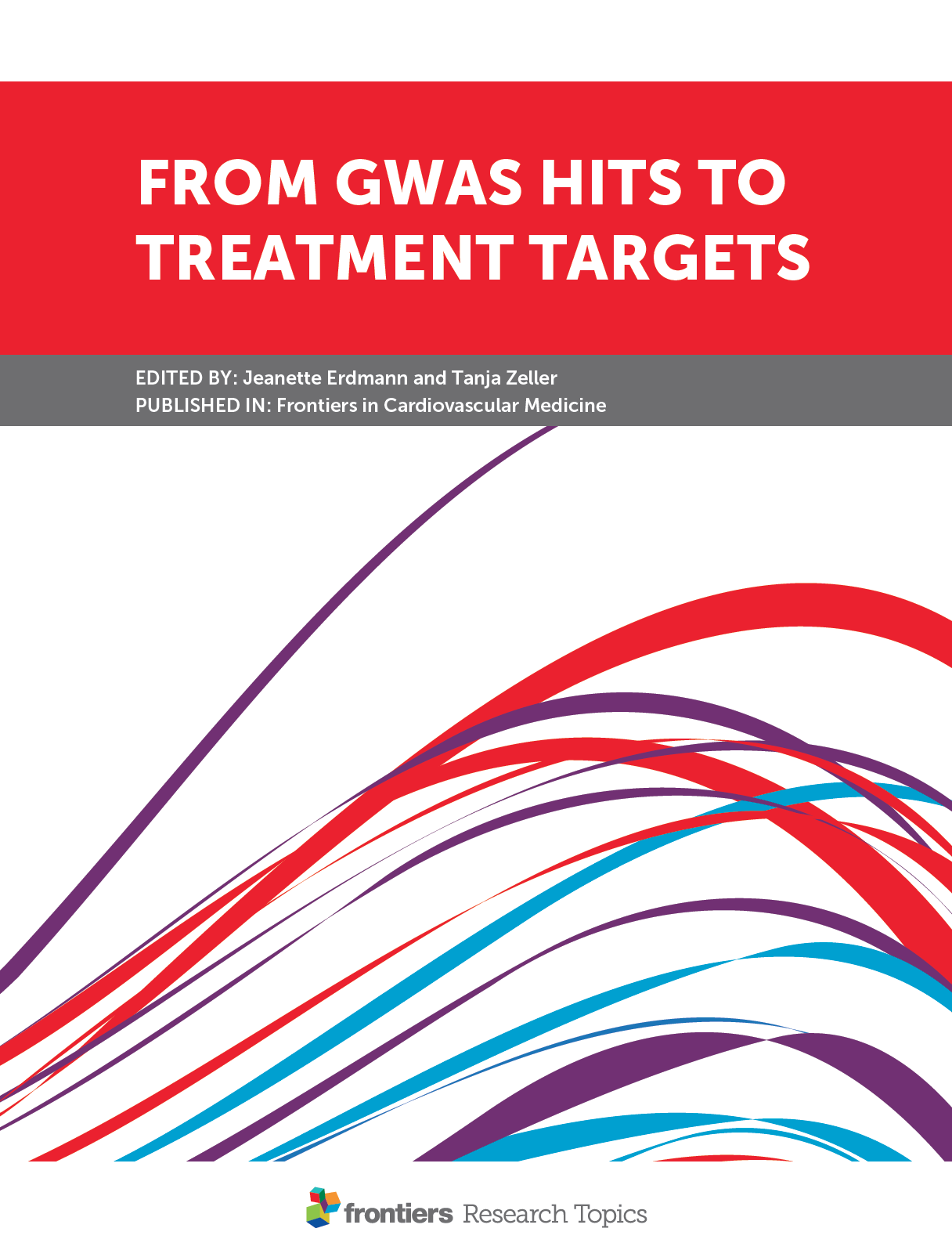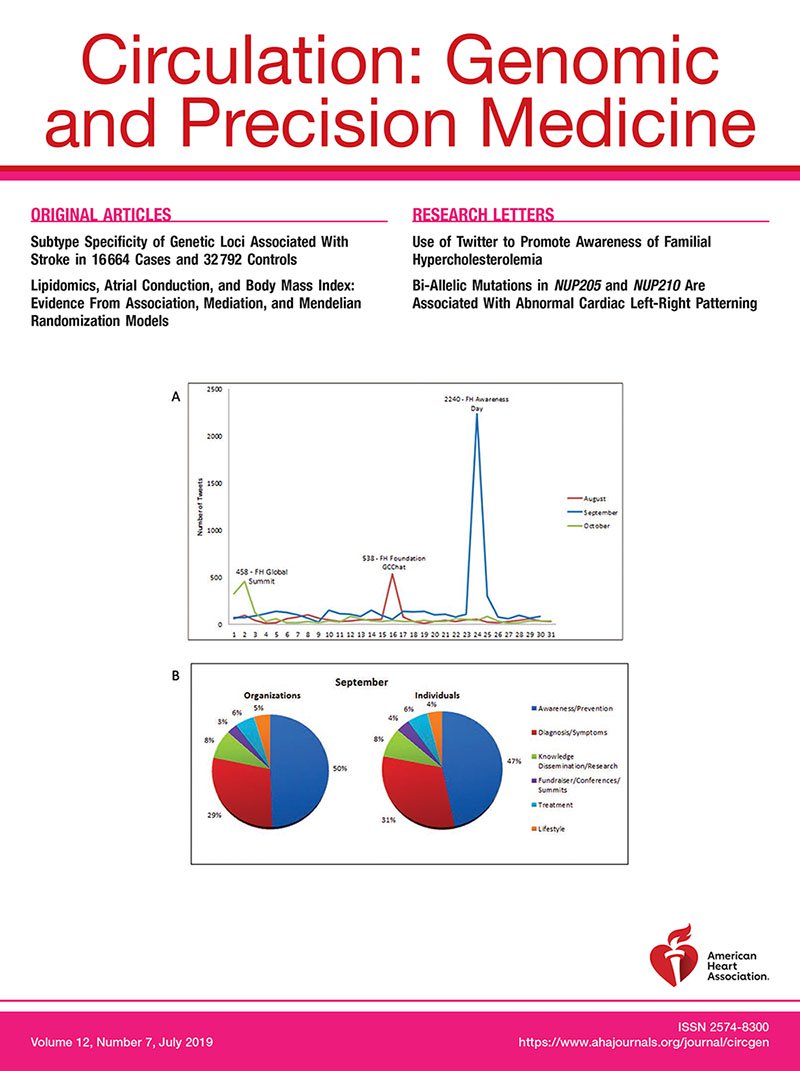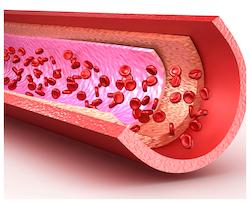Mithilfe modernster Genanalysemethoden konnte ein deutsches Forscherteam zeigen, dass ein komplexer angeborener Herzfehler seinen Ursprung in mehreren Genen hat und wie diese Genveränderungen zusammenwirken. Das Team untersuchte dafür über viele Jahre eine 19-köpfige Familie, in der zwölf Personen von einer bestimmten Genveränderung betroffen sind. Die Ergebnisse der Studie präsentieren die Forscherinnen und Forscher in Scientific Reports.
Angeborene Herzfehler sind die häufigsten Organfehlbildungen und kommen bei circa einem Prozent der Neugeborenen vor. Die Fehlbildungen des Herzens lassen sich immer besser behandeln, weshalb sich Betroffene zunehmend dafür entscheiden, selbst eine Familie zu gründen. Mediziner und Biologen interessieren sich aus diesem Grund wieder mehr für die molekularen Ursachen dieser Erkrankungen, um die therapeutischen und auch diagnostischen Möglichkeiten zu verbessern.
Zusammenspiel mehrerer Genveränderungen
An Fehlbildungen des Herzens sind eine Vielzahl von Genen beteiligt. Nur eine geringe Anzahl dieser Erkrankungen wird durch Mutationen in einzelnen Genen, sogenannten monogenen Mutationen, verursacht. Als Gen bezeichnet man eine Code-Abfolge in der Erbsubstanz DNA, die den Bauplan für ein Protein enthält. Die Vermutung liegt nahe, dass zahlreiche angeborene Herzerkrankungen durch das gleichzeitige Auftreten von Mutationen in unterschiedlichen Genen verursacht werden. Eine der dringendsten Herausforderungen bei der Suche nach den Ursachen von angeborenen Herzfehlern ist es somit, das Zusammenspiel dieser vielfachen Genveränderungen besser zu verstehen.
Das Forscherteam aus Deutschland konnte nachweisen, dass Familienuntersuchungen mittels modernster DNA-Sequenziertechnik geeignet sind, auch komplexe, sprich multigene, Ursachen zu identifizieren. Anschließend modellierten sie diese Genveränderungen im Zebrafisch und konnten so zeigen, wie diese sich auf das Herz auswirken.
Die beteiligten Wissenschaftlerinnen und Wissenschaftlern des Universitätsklinikums Hamburg-Eppendorf, der Medizinischen Hochschule Hannover, des Deutschen Herzzentrums München, der Universitätsmedizin Göttingen, der Universität zu Lübeck sowie der Universität Potsdam präsentieren in der Studie die Sequenzierungsdaten einer Familie mit unterschiedlichen komplexen angeborenen Herzfehlern, einschließlich der Ebstein-Anomalie, dem atrioventrikulären Septumdefekt und anderen. Insgesamt zwölf von 19 Familienmitgliedern tragen eine familienspezifische Mutation im BMPR1A-Gen auf Chromosom 10. Diese Mutation geht einher mit einer bislang unbekannten Mutation innerhalb einer Region des Chromosom 1 und führt zur Entstehung dieser schweren Herzfehlbildungen.
Kleinere Herzklappen beim Zebrafisch
Das Rezeptorprotein BMPR1A und seine Liganden sind an der Übertragung chemischer Signale von der Zellmembran zum Kern beteiligt und regulieren somit das Zellwachstum und die Zellteilung sowie die Aktivität bestimmter Gene. Im Zebrafisch konnte nun gezeigt werden, dass die kontinuierliche Überexpression der menschlichen BMPR1A-Mutation mit der Entwicklung kleinerer Herzklappen assoziiert ist, zur Herabregulation des für die Herzentwicklung so wichtigen Wnt/ß-Catenin-Signalwegs führt und zudem Gewebswucherungen an den Herzklappen verursacht. Dies ist ein Zeichen dafür, dass BMPR1A an der Herzentwicklung beteiligt ist.
Dieser Befund eröffnet die Möglichkeit, die genetische Interaktionen zwischen BMPR1A und anderen Kandidatengenen innerhalb der Region auf Chromosom 1 zu testen und damit komplexere genetische Ursachen für angeborene Herzfehler aufzuspüren.
Moderne Sequenzierungsverfahren brachten den Durchbruch
Prof. Jeanette Erdmann von der Universität zu Lübeck erläutert: „Die Studie ist auch ein Paradebeispiel für Ausdauer in der Forschung, denn die Anfänge datieren zurück ins Jahr 1996, als die erste Patientin aus der Familie vorstellig wurde. Nur durch die rasante technologische Entwicklung der letzten Jahre, hier vor allem das sogenannte Next-Generation-Sequencing-Verfahren, konnte die Studie positiv abgeschlossen werden. Zudem war natürlich auch die Geduld der Familie unabdingbar“.
Prof. Salim Seyfried von der Universität Potsdam ergänzt: „Die Untersuchungen am Zebrafisch waren letztendlich entscheidend, um die Krankheitsrelevanz der Kandidatenmutation nachzuweisen. Diese vom Deutschen Zentrum für Herz-Kreislauf-Forschung geförderte Kooperation belegt, wie wichtig heutzutage das Zusammenwirken von Arbeitsgruppen mit unterschiedlichsten Expertisen für die moderne arbeitsteilige Biomedizin geworden ist.“
Das Projekt wurde in den vergangenen Jahren von dem Exzellenzcluster REBIRTH, dem Deutschen Zentrum für Herz-Kreislauf-Forschung (DZHK), der Universität zu Lübeck, der Deutschen Herzstiftung sowie der DFG gefördert.
Wissenschaftliche Ansprechpartner:
Prof. Dr. Salim Seyfried
MHH-Institut für Molekularbiologie und Universität Potsdam
Telefon (0511) 532 5933 oder (0331) 977 5540
Salim.Seyfried@uni-potsdam.de
Prof. Dr. Jeanette Erdmann
Universität zu Lübeck / UKSH, Campus Lübeck
Institut für Kardiogenetik
Telefon: (0451) 3101 8300
jeanette.erdmann@uni-luebeck.de
Originalpublikation:
A familial congenital heart disease with a possible multigenic origin involving a mutation in BMPR1A. Scientific Reports (2019)
https://www.nature.com/articles/s41598-019-39648-7
